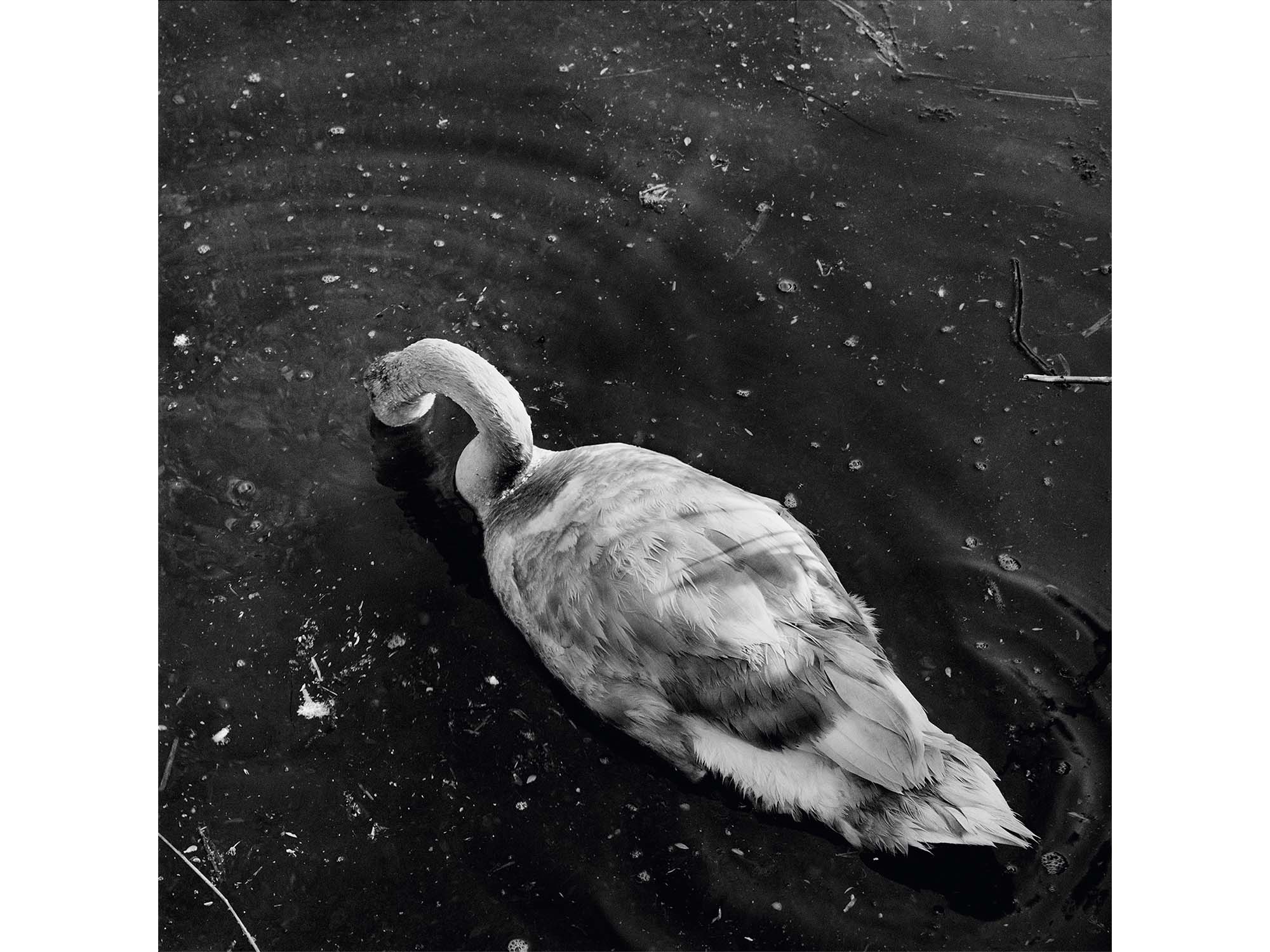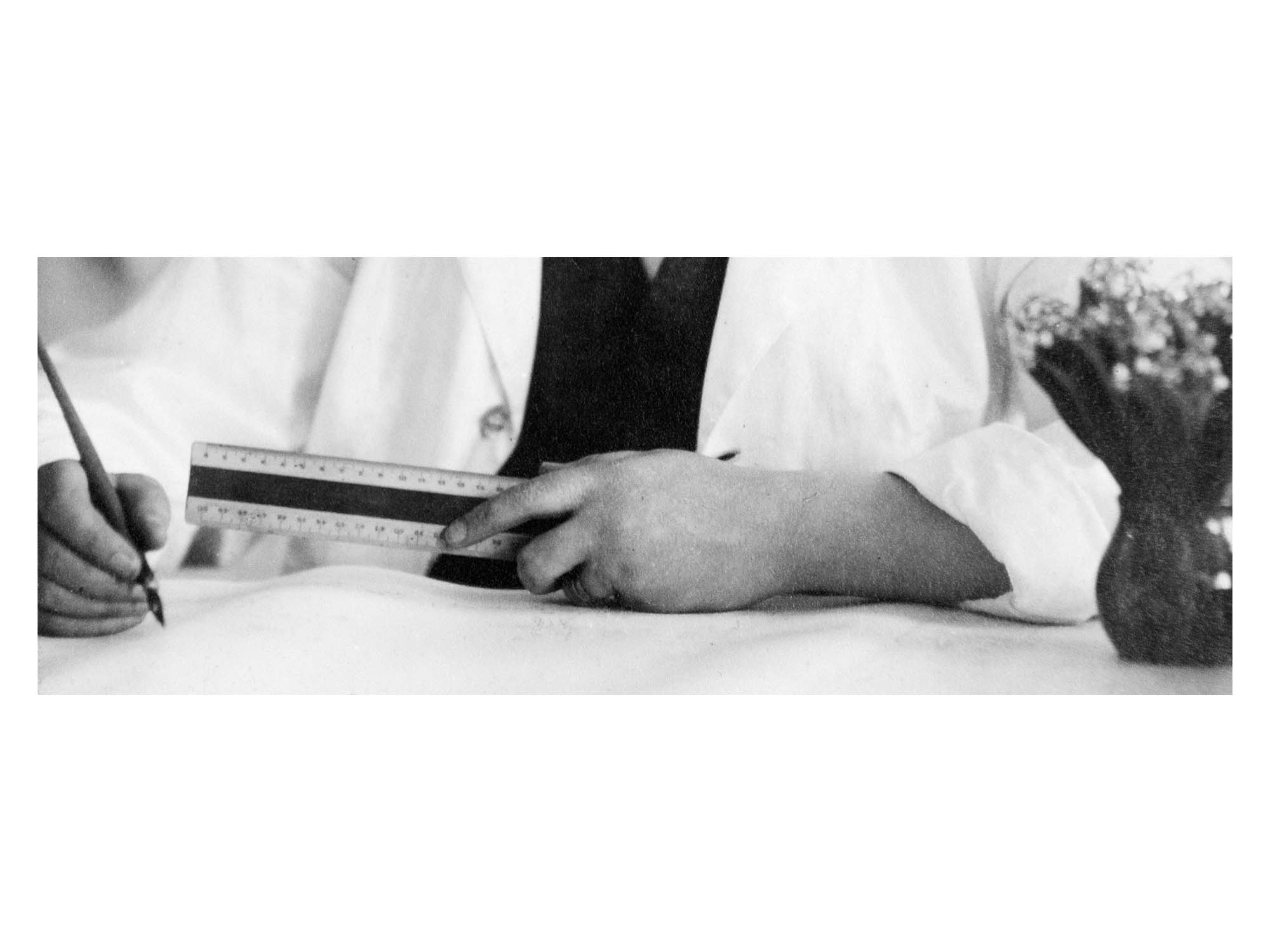The Tangled Web of Belonging
2016
C-print och digitala silvergelatinfotografier
Varierande storlekar
Nina Mangalanayagam visar bilder ur sin serie The Tangled Web of Belonging. Hennes konstnärliga praktik är semi-självbiografisk och forskningsbaserad. Hennes verk handlar om seende och synliggörande. Hennes bilder gestaltar en mångfald av metaforer, platser och föremål med personlig betydelse: självporträtt och porträtt av hennes mamma, objekt med direkt referens till kolonialhistoria och till naturen betraktad som en plats för möjligheter, en symbol för såväl begränsningar som sprängandet av gränser. Mangalanayagam, som både är konstnär med omfattande praktik och lärare, konstruerar varje bild så att den är samtidigt både emotionell, pedagogisk, diskursiv och refererande. Således behöver varje bild utrymme omkring sig, nästan som för att återspegla historiens enorma betydelse och den mening som framträder ur historien.
“Vad betyder det att min mor och jag utgör en motsättning när vi delar samma ram? Jag, till exempel, är en påminnelse om att ingen är oomtvistat vit. Bilderna är från ett stort verk som kombinerar stilleben, porträtt och naturscenerier i en metaforisk blandning som belyser sammanblandningen av narrativ, myter, kontroll och hybriditet.”
(Nina Mangalanayagam)
Biografi
Nina Mangalanayagam är lektor i fotografi vid HDK-Valand i Göteborg. Hennes forskning och visuella praktik undersöker teman som handlar om tillhörighet, flertaliga ursprung och hybriditet. Hon har en praktikbaserad PhD i fotografi från University of Westminster och en masters från Royal College of Art, Storbritannien. Mangalanayagam har medverkat i utställningar internationellt, bland annat I Storbritannien, Sri Lanka, Slovenien, Kroatien och Tyskland. Tillsammans med nio andra konstnärer fick hon i uppdrag att göra nya verk som relaterade till de tre olika alfabet som används i Sri Lanka till boken A-Z of Conflict.
Provokation
Structured around the theme of the city as a machinery of the present time, Comforting the machine synthesised and gave its audience a tight and poignant grasp of truths in the raw. In preparation for the exhibition, the ten artists were also invited to submit something the curators called “Provocations”. The provocation to each artist was a task to expand themselves beyond the walls of the gallery by mapping traces of their work in the region, in history and the future, and to collate them as a string of continuations.
Provokation bild
Provokation text (engelska)
(her)stories – tales of passing
1802 Gustavia
She sold liqueur to the men who’d given her life but refused to see her as their own. The words she had overheard echoed in her head: ‘Can a free Coloured ever forfeit their freedom and be sold again as a slave?’ 1
1893 Chicago
She was born to a Danish mother and father from the West Indies and grappled with shifting identities in multiple locations. Her fiction, on the ambivalence of race, was critiqued for having contradictory endings, by those who believed in the single story. 2
1924 Uppsala
She stood out as a woman and as Jewish as the first stately employed genealogist. The other hands holding power at the State Institute for Racial Biology were white and mainly male.3
1969 London
She replied nothing when her landlady asked her not to bring him here again. It was the first time she encountered this, but the first of many to come.
1987 Veberöd
She ran laughing towards the school canteen although the words had created a lump in her throat that would not leave her. ‘Have you dipped your head in the toilet bowl or what?’
2018 Gothenburg
She looks up at her mother, holding on to the bars of the cot, ‘Mamma, are my eyes blue?’ Her mother looks at her with almost black eyes, knowing that the answer will disappoint her.4
1 There was much ambivalence over laws on the island of St Barthelemy during Swedish reign. Rather than following Swedish law, the law was based on neighbouring colonies. In 1802 a questionnaire was compiled to St Thomas to clarify some questions, such as the status of the free coloureds, the people who descended from both whites and blacks. Thomasson, F. 32 Piskrapp vid quatre piquets – svensk rättvisa och slavlagar på St Barthélemy (Uppsala Universitet, 2012)
2In the 1920’s Nella Larsen wrote Quicksand and Passing, that dealt with ambivalences of both race and sexuality and incorporated her experience from the USA and Denmark at the time. Larsen, N and McDowell, D. E. Quicksand & Passing (London: Serpent’s Tail, 1989).
3Information on Ella Heckscher taken from https://skbl.se/sv/artikel/EllaBerthaAmaliaHeckscher, accessed on 22/07 2021.
4In my current research I am searching for traces of hybridity ranging from the encounter between Sweden and its former colony for slave-trading, St Barthélemy, to contemporary situations. I use the personal in combination with historical records and theory to speak of entanglements between rules, structures, and feelings. This can be thought of as such an example.


